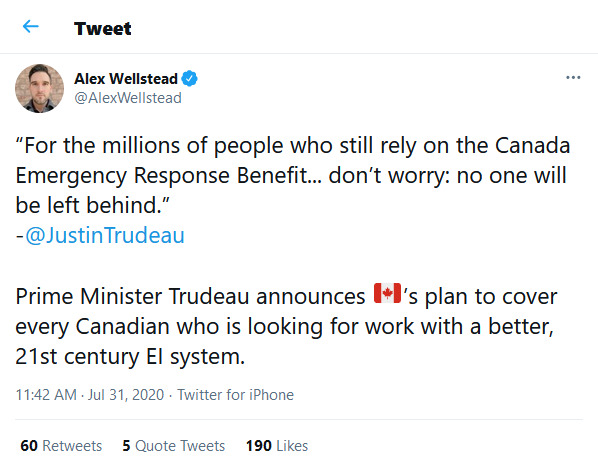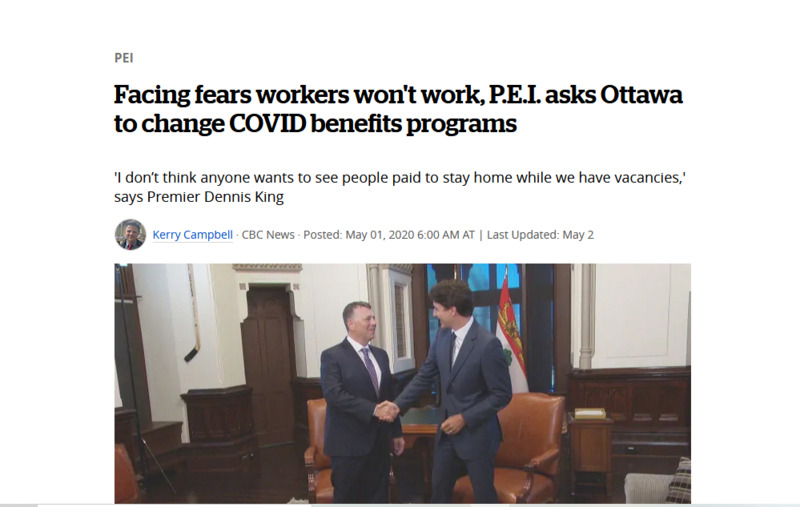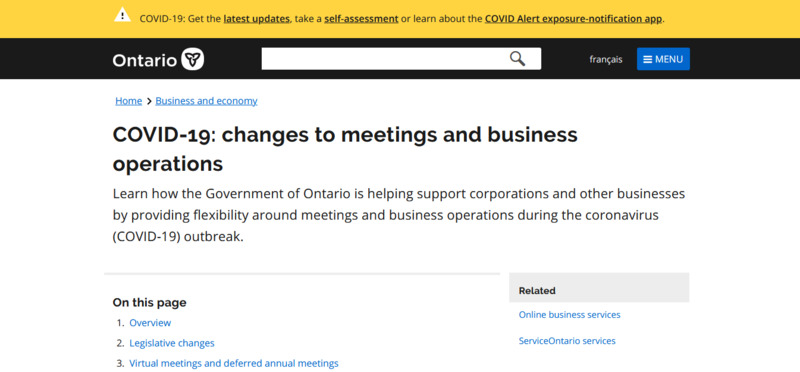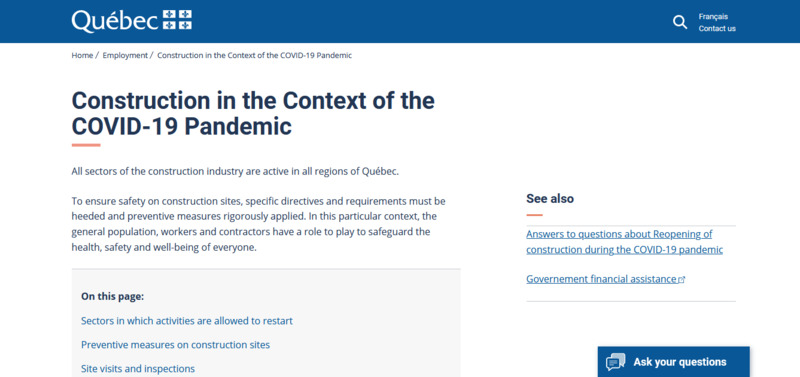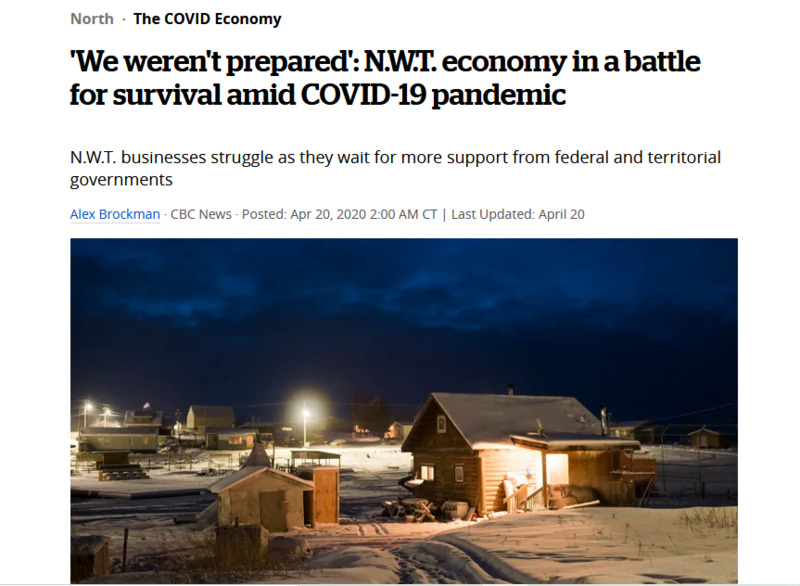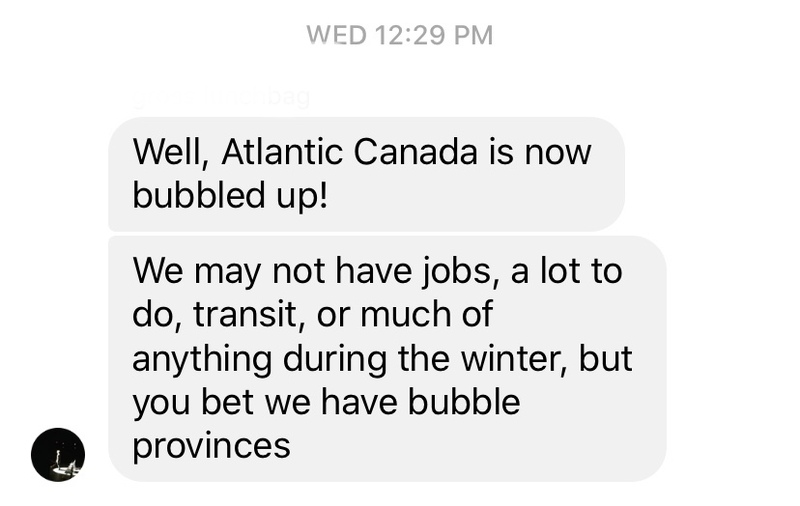Government Response
Stepping in to Support: Federal Involvement
The federal government responded quickly to the challenges posed by the pandemic. Most significantly, it chose to directly support out-of-work Canadians. Almost 9 million Canadians received $2,000 monthly through the Canadian Emergency Response Benefit (CERB). Another program, the Canadian Emergency Wage Subsidy, covered 75% of employee wages for qualified employers, so they could keep their employees. In September 2020, the government ended CERB, transferring government benefits to a new version of Employment Insurance, and a variety of other programs. The Canadian government had spent over $200 billion by December of 2020.
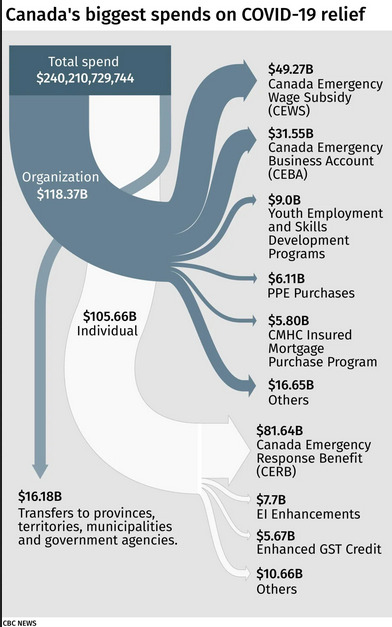
This flowchart shows how much the Canadian government had spent by December 2020, and where they spent it.
Provincial Response
Provincial governments focused on legislative changes to help the economy function. They also had authority over shutting down and reopening the economy. All provinces responded differently. Most dramatically, the governments of Atlantic Canada (Nova Scotia, Prince Edward Island, New Brunswick, and Newfoundland and Labrador) chose to close their borders, requiring all incoming people to isolate for fourteen days.


